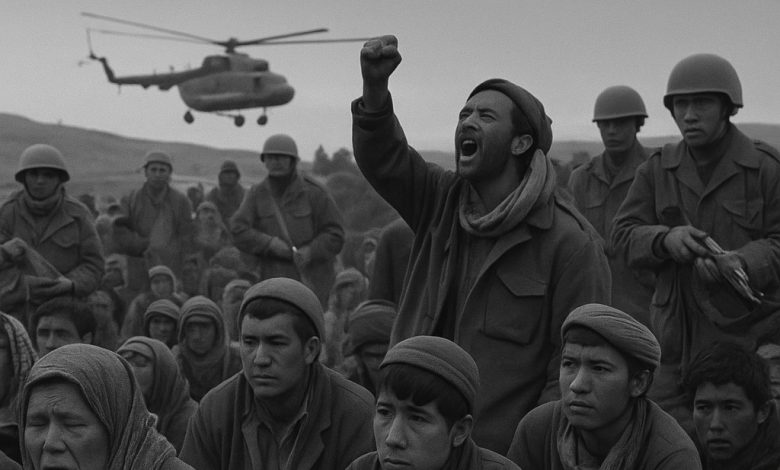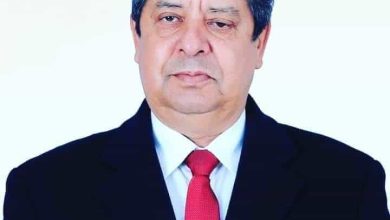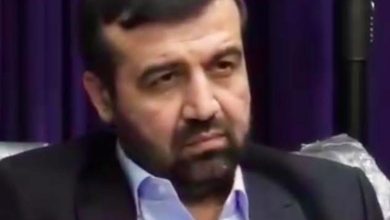
Sefid Sang: The Forgotten Massacre of Afghan Refugees in 1994
Written by Fahim Sajjadi
An eyewitness-based account of the killing of over 2,500 Afghan refugees at the Iran-Afghanistan border
Published by AfgNews24 – for remembrance, for truth, for justice.
📍 Background
In 1994 (1373 in the Afghan calendar), thousands of Afghan refugees—fleeing war, famine, and civil unrest—were deported from various cities in Iran. Among them were families, workers, children, and elders who had sought shelter in Iran after years of conflict in Afghanistan.
What awaited them, however, was not return or resettlement, but death.
They were taken to a border camp known as Sefid Sang, located near the eastern border of Iran in Razavi Khorasan province. What followed has since been described by survivors as one of the darkest and least known atrocities against Afghan refugees in modern history.
🏚️ Sefid Sang: A Detention Camp Disguised as a Transit Center
Sefid Sang was officially a temporary transit camp for repatriating undocumented migrants. In reality, it operated like a prison. Refugees were kept behind barbed wire fences, under armed guard, and deprived of basic human rights. Men, women, and children were separated. There was no access to the media, no oversight by humanitarian organizations, and no legal representation.
One survivor recalls:
“We were treated like criminals. But our only crime was being Afghan.”
🔥 The Massacre
One cold night, just before dawn, the calm of the camp was shattered by the sound of helicopters overhead. Iranian military helicopters, accompanied by ground troops, opened fire on the refugees without warning.
People began running, screaming, trying to escape. But there was no place to hide. Bullets rained down from the sky as soldiers shot at unarmed civilians on the ground. Mothers shielded their children with their bodies. Elders begged for mercy. None was shown.
“They didn’t ask questions. They didn’t speak. They just shot.”
One survivor, who later escaped, said he and a friend pretended to be dead, lying motionless among bleeding bodies.
“When the helicopter landed, they walked among the corpses. One soldier said: ‘The clearing is complete.’ Then they left.”
🏃 The Escape
After the soldiers departed, the two survivors crawled through the blood-soaked field. Wounded, barefoot, and terrified, they ran through the darkness—driven only by fear and instinct.
As daylight broke, they crossed the border into Afghanistan and made their way to Herat, where they encountered Ismail Khan’s local forces. They recounted the horror they had witnessed.
The reply was brief:
“Go. We will look into it.”
But no one ever did.
🪦 Aftermath: Silence, Burial, and Forgotten Voices
More than 2,500 people were killed, according to multiple survivor accounts and testimonies. The victims—men, women, and children—were reportedly buried in mass graves near the camp.
No investigation was launched.
No international media reported the incident.
No humanitarian organization was allowed to document the event.
And no government—neither Iran’s nor Afghanistan’s—ever acknowledged the crime.
There were no names. No grave markers. No justice.
📖 Oral History and Cultural Memory
Although officially denied and undocumented, the story of Sefid Sang survived through whispers, through pain, and through the voices of those who escaped. Some Iranian soldiers reportedly confessed to Afghan workers years later, haunted by guilt.
“I still hear the cry of that child,” one soldier allegedly said.
The tragedy spread among Afghan communities as a quiet but persistent oral history. Years later, Afghan filmmakers created a movie titled “Hamsaya” (The Neighbor) based on these real events.
🧠 Why the World Must Remember
The Sefid Sang massacre may not exist in official archives, but it lives in the memory of a people.
It is a wound that never closed.
It is a truth buried not only in mass graves, but in silence.
This article was written in honor of those whose voices were never heard, and those few who lived to tell. It is based on the testimony of a survivor—who saw his friends and fellow refugees gunned down—and carried the truth across the border into a homeland too broken to listen.
✍️ Editor’s Note
We at AfgNews24 believe that journalism must serve memory, dignity, and justice.
If no government dares to speak, we will.
If no court brings justice, history must.
To all who perished at Sefid Sang, and to those who still carry the weight of memory:
You are not forgotten.




